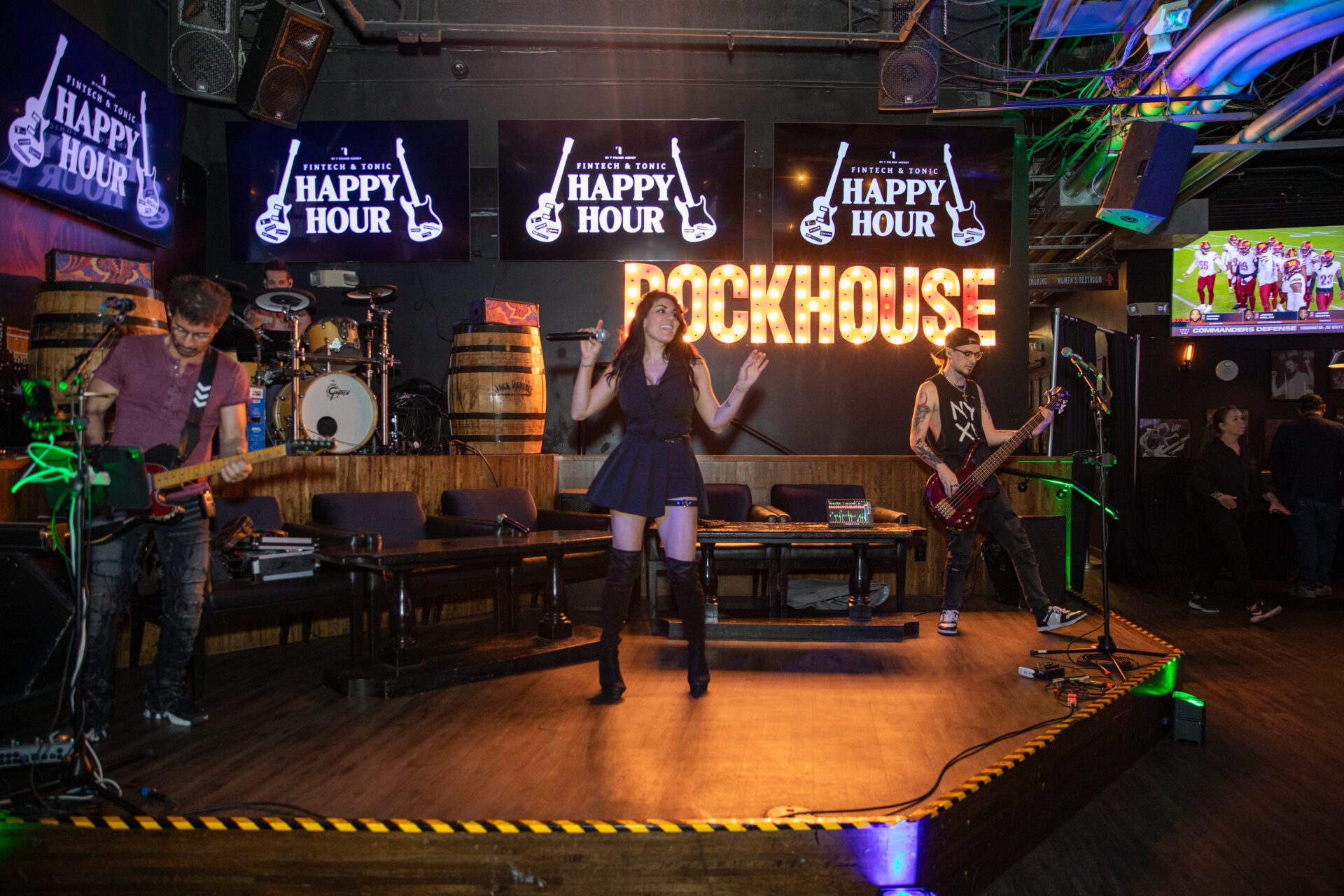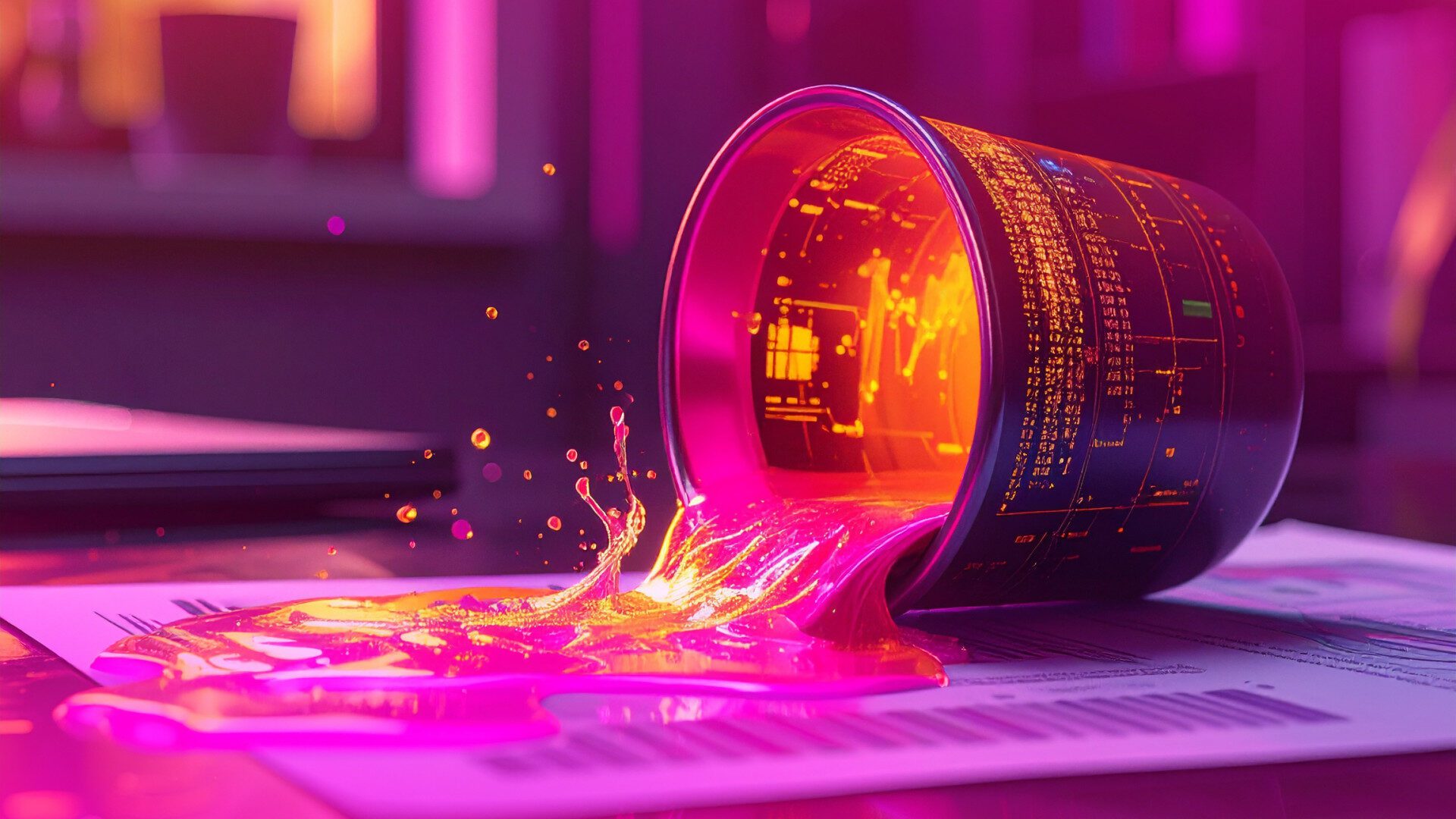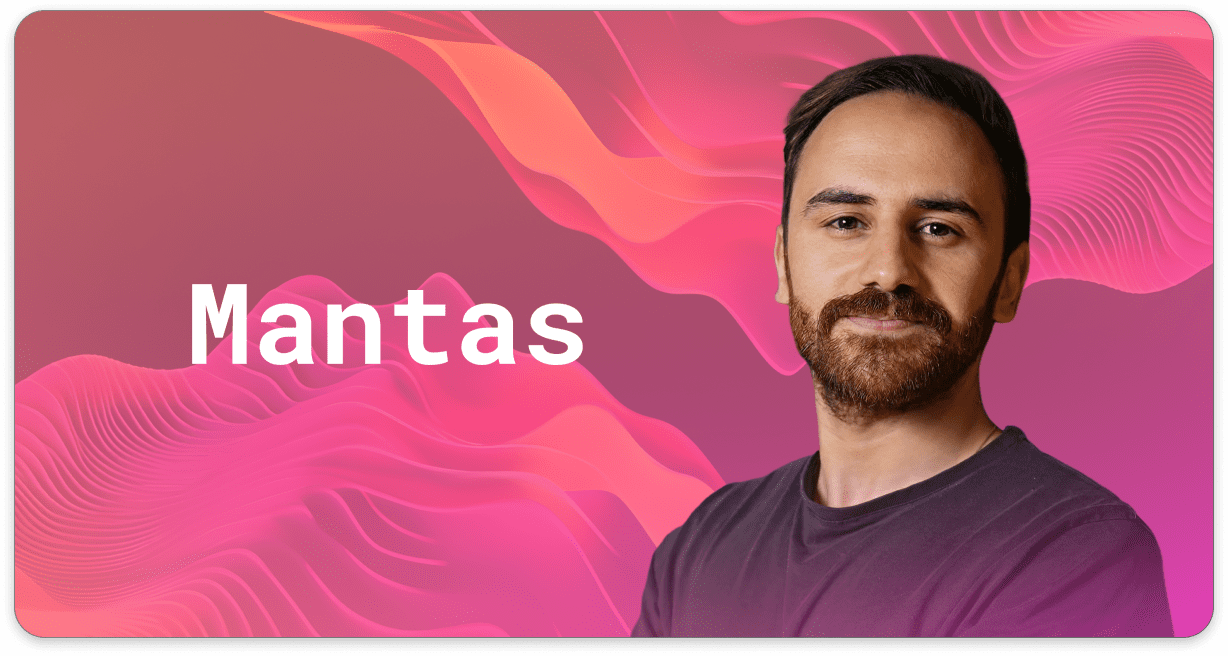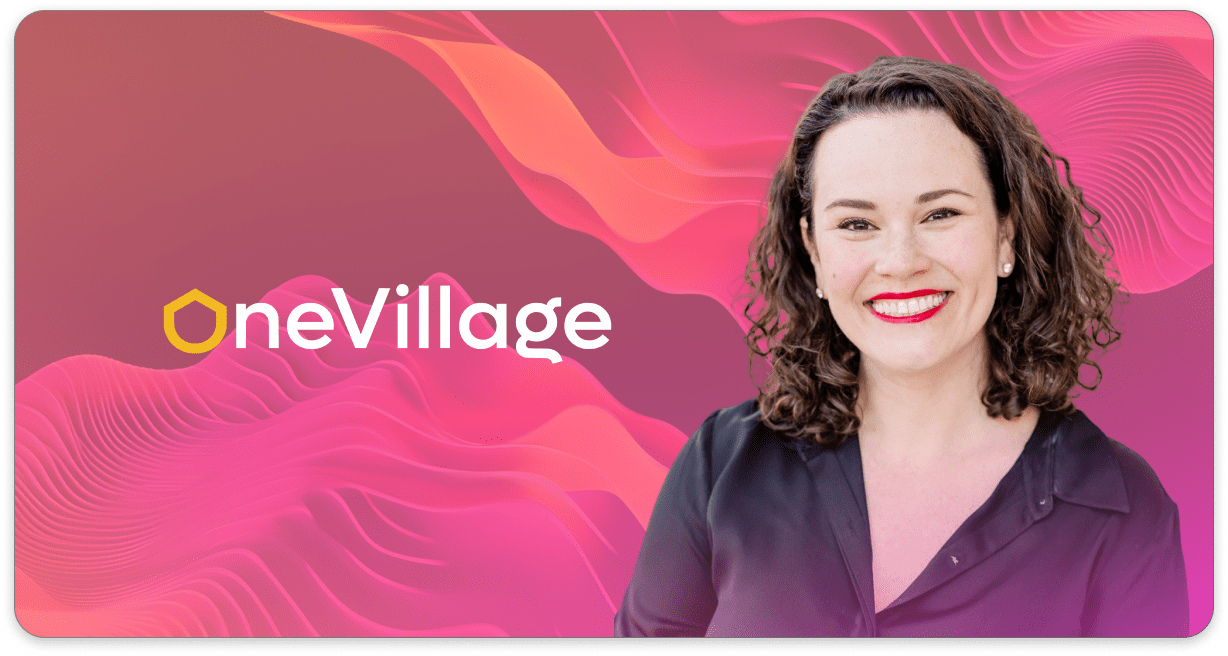
Your brain processes visuals 60,000 times faster than text. That’s not marketing fluff – it’s neuroscience.
As humans, we’re wired to respond to what we see before what we read or hear. TLDR; half of our brain’s surface is directly or indirectly involved in visual processing.
In today’s digital world, where users scroll past in milliseconds and attention spans are dwindling, your brand has one shot to be seen – and believed. That’s where visual storytelling comes in to build trust, communicate value, and move people to act.
1. Your Brain Trusts What It Sees
Before users read a word of your homepage or investor deck, they’ve already made a judgment. Color palette, layout, typography, imagery – they all trigger subconscious decisions:
Is this brand credible? Can I trust them? Do I want to learn more?
Visuals veer less superficial, more survival. Our brains evolved to make these rapid judgments instinctively, using what psychologists call “thin-slicing” – assessing a person or product based on extremely limited information. When your design is clean, confident, and consistent, it sends the right signals. When chaotic or disjointed? Your message gets lost – or worse – forgotten.
2. Consistency Signals Competence
Great visual storytelling is about more than aesthetics – it’s alignment. Brands that show up with the same design DNA across decks, sites, socials, and campaigns instantly feel more polished and intentional.
Inconsistent design creates cognitive dissonance. If your product UI looks different from your marketing site, and your pitch deck doesn’t match either, buyers and investors subconsciously assume: this team isn’t ready.
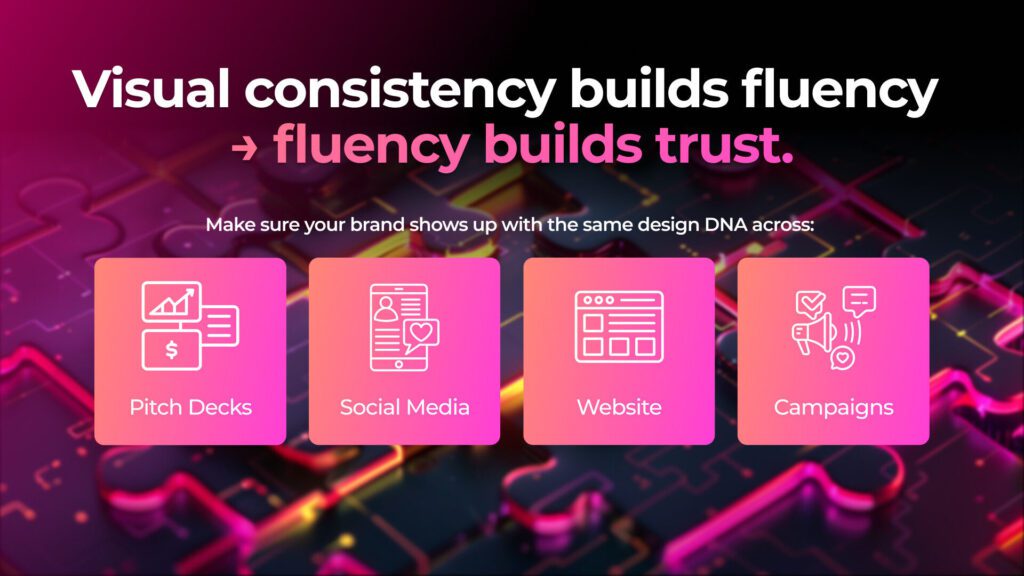
3. Visuals Trigger Emotion – and Emotion Drives Action
Adding a compelling story to a product can increase its perceived value by up to 2,706%. Visuals shortcut the logical brain and go straight to feeling: joy, trust, urgency, even fear. That’s why a short, well-designed video or a single graphic can out-perform paragraphs of copy.
Our professional (and personal) faves:
- A split-screen graphic showing “before and after” product impact sticks.
- A real customer photo using your healthtech tool in context connects.
- A looping animation of your AI engine at work conveys sophistication and proof.
Your visuals are a story – and stories stick.
4. Visuals Aren’t Fluff – They’re Neurological Triggers.
Psychological studies, rooted in dual-coding theory, consistently show that images are recalled two to three times more accurately than words alone. So what? As it relates to you – the right graphic, chart, or layout doubles the odds that your story gets remembered. Some of the most impactful (and underleveraged) deliverables include:
- Branded pitch decks that move investors from curiosity to conviction
- One-pagers that break down (read: NOT water down) complex value props
- Social graphics that stop the scroll and generate saves
- Case studies that show results with clarity and simplicity
- Product UI visuals that let users “feel” your platform before trying it
- Sizzle and explainer videos that bring your brand to life in 60 seconds
These tools shorten sales cycles, boost engagement, and signal you know what you’re doing.
5. Visuals Scale Your Message
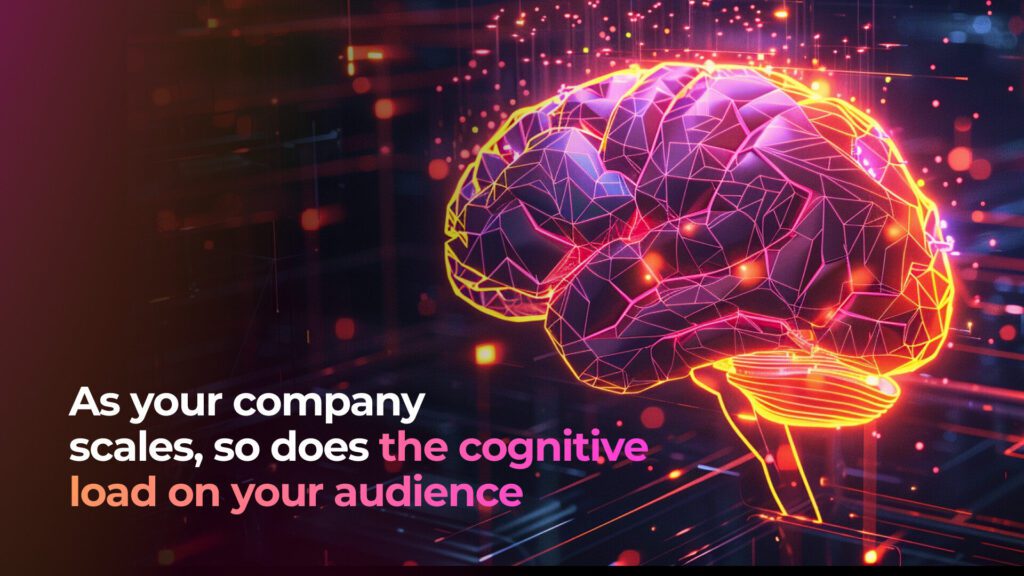
Whether you’re raising capital, launching a product, or expanding into new markets, visual cues encode your story more efficiently in the brain. A cohesive visual system isn’t just about aesthetics – it ensures your investors, partners, and customers internalize and repeat the same story, even when you’re not in the room.
Ready to Design for the Mind?
At T Palmer Agency, we specialize in turning your ideas into visuals that convert. From investor decks and launch campaigns to content strategy and product storytelling, we help early-stage and growth-stage brands show up sharp, smart, and ready to win.
👉 Stories shape brains and brands. Email info@tpalmeragency.com to craft a launch narrative designed to stick.
